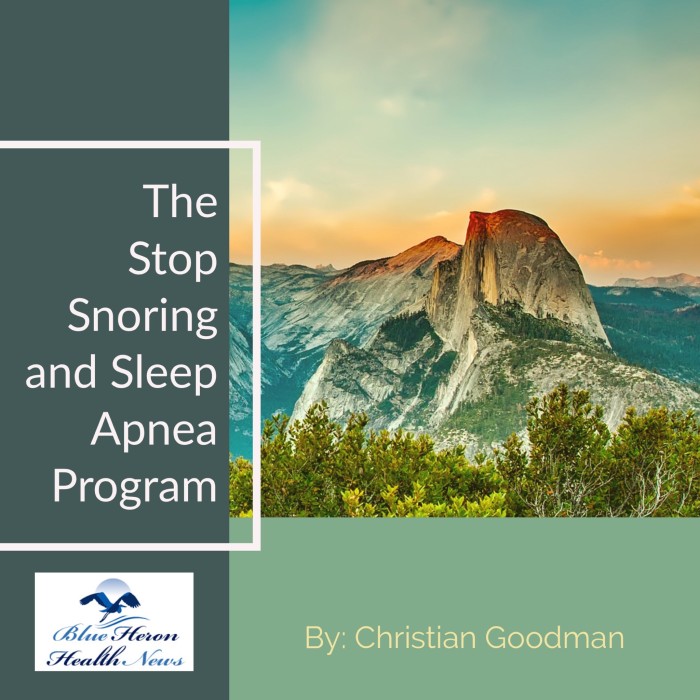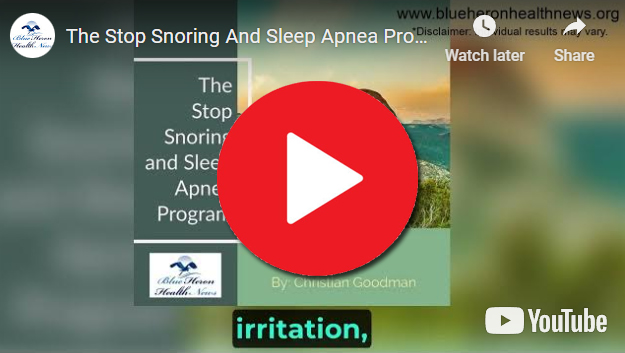
The Stop Snoring And Sleep Apnea Program™ a well-researched program created to help stop snoring and sleep apnea so that you can have a good night sleep. The techniques that you will learn from this program works immediately. It will only take you 3-7 minutes to perform these simple exercises that the author has recommended but the results that you will get will help you have a good night sleep as soon as tonight. Within a week, snoring will be a thing of the past.
How does central sleep apnea differ from obstructive sleep apnea?
Central sleep apnea (CSA) and obstructive sleep apnea (OSA) are both types of sleep apnea, but they have different causes, mechanisms, and treatments. Here’s a detailed comparison of the two:
Causes and Mechanisms
Obstructive Sleep Apnea (OSA):
- Physical Blockage: OSA occurs when the muscles in the throat relax excessively during sleep, causing a physical blockage of the airway. This obstruction prevents adequate airflow despite ongoing efforts to breathe.
- Anatomical Factors: Contributing factors include a large tongue, excess tissue in the throat, a deviated septum, obesity, and certain structural features of the jaw and airway.
- Common Triggers: Factors such as obesity, alcohol consumption, sedatives, and sleeping on the back can exacerbate OSA.
Central Sleep Apnea (CSA):
- Neurological Issue: CSA is caused by a failure of the brain to send proper signals to the muscles that control breathing. This results in a temporary cessation of breathing during sleep.
- Underlying Conditions: CSA is often associated with other medical conditions such as heart failure, stroke, brainstem lesions, and certain medications that affect the respiratory system.
- Types of CSA: Includes idiopathic CSA (unknown cause), Cheyne-Stokes breathing pattern (often related to heart failure), and CSA due to high altitude or medication effects.
Symptoms
Shared Symptoms:
- Interrupted Sleep: Both conditions cause frequent awakenings and fragmented sleep.
- Daytime Sleepiness: Excessive daytime sleepiness and fatigue due to poor sleep quality.
- Morning Headaches: Common in both OSA and CSA.
Distinctive Symptoms of OSA:
- Loud Snoring: A hallmark of OSA, caused by the vibration of soft tissues in the throat.
- Gasping or Choking: Waking up with a sensation of choking or gasping for air.
- Restless Sleep: Frequent tossing and turning.
Distinctive Symptoms of CSA:
- Quiet Breathing Pauses: Unlike OSA, CSA typically does not involve loud snoring or choking sounds. The breathing pauses are often silent.
- Regular Breathing Pauses: The pauses in breathing are usually more regular and predictable in CSA compared to the irregular pauses in OSA.
Diagnosis
Polysomnography (Sleep Study):
- OSA Diagnosis: A sleep study for OSA will show repeated episodes of apnea (cessation of airflow) despite continued respiratory effort. This is usually accompanied by loud snoring and frequent arousals.
- CSA Diagnosis: A sleep study for CSA will reveal repeated episodes of apnea without any respiratory effort, indicating a lack of neural drive to breathe. The study may also show a Cheyne-Stokes breathing pattern in certain cases.
Treatment
Obstructive Sleep Apnea (OSA):
- Continuous Positive Airway Pressure (CPAP): The most common and effective treatment, CPAP uses a machine to deliver a continuous stream of air through a mask to keep the airway open.
- Oral Appliances: Devices that reposition the jaw or tongue to keep the airway open.
- Surgery: Procedures such as uvulopalatopharyngoplasty (UPPP), genioglossus advancement, or maxillomandibular advancement to remove or reposition tissues causing obstruction.
- Lifestyle Changes: Weight loss, avoiding alcohol and sedatives, and changing sleep positions.
Central Sleep Apnea (CSA):
- Adaptive Servo-Ventilation (ASV): A device similar to CPAP but more advanced, ASV adjusts the pressure based on detected breathing patterns to stabilize breathing in CSA patients.
- Bi-level Positive Airway Pressure (BiPAP): Provides different pressure levels for inhalation and exhalation, often used for CSA.
- Treatment of Underlying Conditions: Managing the underlying conditions such as heart failure, stroke, or medication adjustments.
- Supplemental Oxygen: In some cases, providing supplemental oxygen during sleep can help manage CSA.
Prognosis and Complications
OSA Complications:
- Cardiovascular Issues: Increased risk of hypertension, heart disease, stroke, and atrial fibrillation.
- Metabolic Disorders: Higher risk of type 2 diabetes and metabolic syndrome.
- Daytime Impairments: Chronic fatigue, impaired concentration, and increased risk of accidents.
CSA Complications:
- Heart Health: Often associated with severe cardiovascular conditions, and the prognosis may depend on managing these underlying issues.
- Overall Mortality: Higher mortality rates, especially when associated with heart failure or neurological conditions.
- Daytime Impairments: Similar to OSA, including daytime sleepiness and cognitive impairments.
Summary
Obstructive Sleep Apnea (OSA) is characterized by physical blockage of the airway during sleep due to the relaxation of throat muscles. It often presents with loud snoring, gasping, and choking sounds and is commonly treated with CPAP, oral appliances, surgery, and lifestyle changes.
Central Sleep Apnea (CSA) is caused by a failure of the brain to send proper signals to the muscles that control breathing, resulting in periodic cessation of respiratory effort. It is associated with underlying medical conditions and is typically treated with advanced respiratory devices like ASV or BiPAP, addressing underlying conditions, and sometimes supplemental oxygen.
Both conditions require accurate diagnosis through a sleep study and a tailored treatment approach to improve sleep quality, reduce symptoms, and mitigate associated health risks.

The Stop Snoring And Sleep Apnea Program™ a well-researched program created to help stop snoring and sleep apnea so that you can have a good night sleep. The techniques that you will learn from this program works immediately. It will only take you 3-7 minutes to perform these simple exercises that the author has recommended but the results that you will get will help you have a good night sleep as soon as tonight. Within a week, snoring will be a thing of the past.